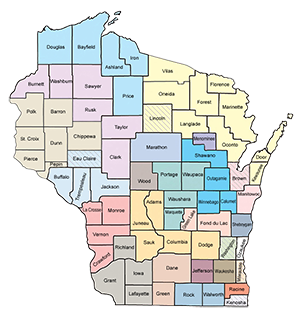The Center for Law and Social Policy (CLASP) has developed What State Leaders Should Know about Early Head Start (June 2011), a great primer for state policymakers and leaders to understand Early Head Start.
With this report, state leaders will quickly learn about Early Head Start (EHS), a federally-funded and community-based program providing comprehensive child and family development serves primarily to pregnant women and families with children under age three. EHS programming provides opportunities for states to improve state systems and services for very young children and families. This CLASP paper by Elizabeth Hoffmann and Danielle Ewen reviews 11 key aspects of how the EHS program works. The review of key aspects includes considerations for state leaders (like how other state systems relate to a particular aspect of EHS, or what types of policy changes and partnerships states could consider to coordinate and leverage EHS resources with other state programs) and concludes with links to related online resources. The paper will serve as an introduction to EHS for policymakers but does not provide official guidance or interpretation of the laws and regulations governing EHS.
By understanding EHS program standards and key aspects, state leaders have an example of best practices that they can expanded to serve vulnerable very young children and families in their state. The 11 key EHS aspects covered in the paper include:
- Selection of EHS grantees and delegates.
- Federal-to-local structure and funding process.
- Eligible population.
- Comprehensive EHS services.
- Program delivery options.
- Child-Caretaker ratios, group sizes, and caseloads.
- Staff qualifications.
- Training, technical assistance, and professional development.
- Monitoring and oversight.
- Data reporting.
- State collaboration directors.
Notably, many EHS program requirements and its structural features also apply to Head Start, the federally-funded program for preschool-age children.

